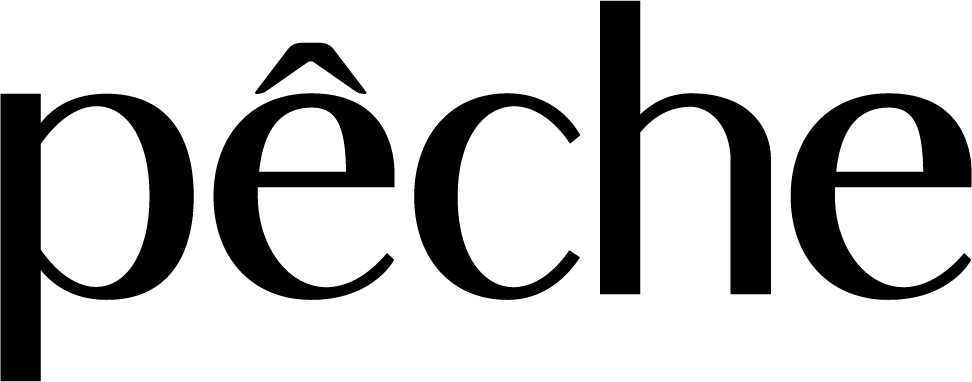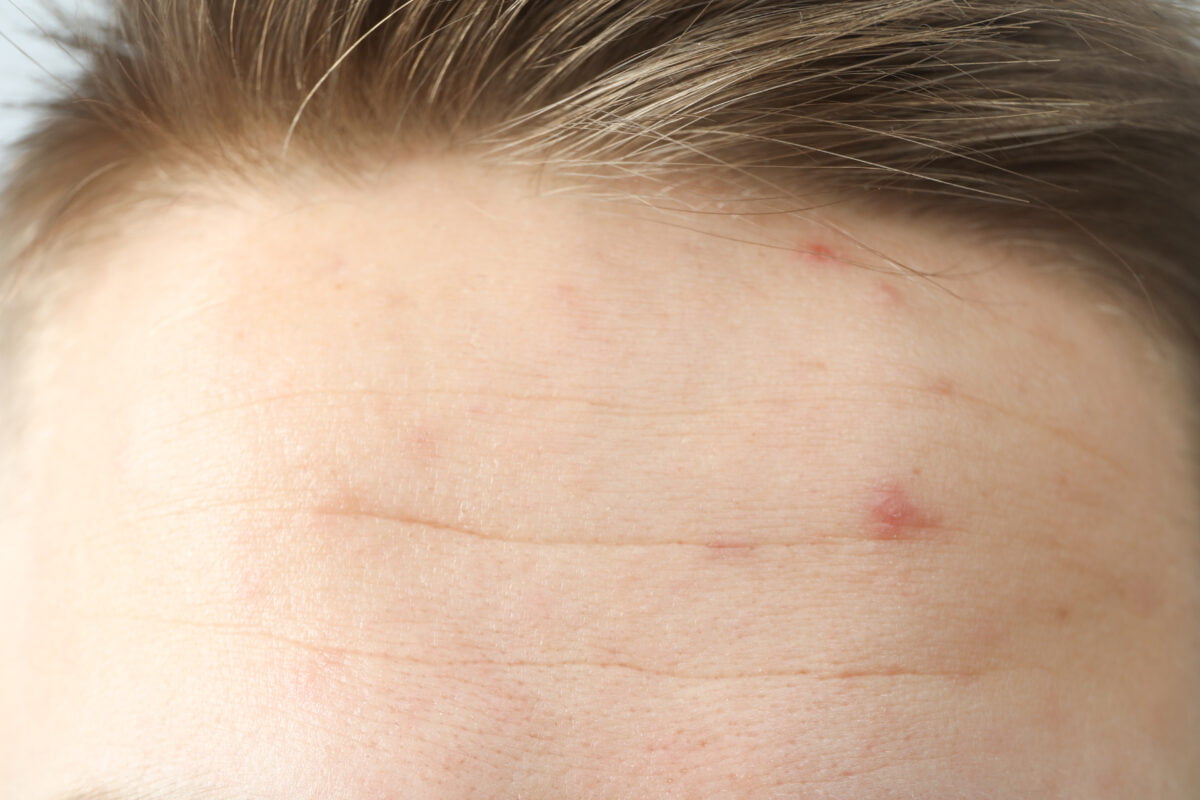Health
Causes of Forehead Acne and Possible Treatments for Them
Forehead acne may develop when sebaceous glands under your skin surface become clogged by dead skin cells, sebum, or bacteria. It looks agitating and may appear in the form of pimples, blackheads, whiteheads, or even cysts.
The OTC medications and proper skincare routine can help prevent or remove forehead acne. Moreover, you should avoid popping forehead acne as it can trigger skin sensitivity.
Let’s have a look at the major causes of forehead acne and treatment options for them.
Causes of Forehead Acne
-
Clogged Skin Pores
The most important reason behind forehead acne is blocked skin pores, either due to bacteria, pollutants, dead skin cells, or excess oil. Whenever a skin pore clogs, it becomes inflamed causing skin infection and acne breakout.
-
Hormonal Imbalance
Sometimes, hormonal imbalance may result in acne breakouts. It causes increased oil production in skin pores that in turn interacts with skin bacteria present in hair follicles and causes acne.
The most common reasons behind acne that develops due to hormonal imbalance are PCOS, a disturbed menstrual cycle, pregnancy, pre-menopause, and testosterone treatment.
-
Stress
Increased levels of stress hormones can trigger excess oil production in skin pores and exacerbate acne problems. Moreover, stress may also induce skin inflammation that can worsen acne breakouts. However, some experts believe that stress may not induce acne but can trigger its development.
-
Puberty
An increase in sex hormones called androgens occurs during puberty, resulting in overactive sebaceous glands. Thus, skin pores produce excess oil that may clog and stimulate bacterial infection, leading to acne.
-
Hair Products
Usually, the hair care products used for hair styling and straightening may trigger acne breakouts on the forehead as some ingredients contain harsh chemicals. Moreover, if your hair is oily and you don’t wash it regularly, the excess oily may block the hair follicles, causing acne breakouts.
Treatment Options for Forehead Acne
Acne treatment depends on the severity and type of acne. Mild acne may be treated using OTC medicines while severe acne needs to be treated with antibiotics and certain procedures.
-
Over-The-Counter (OTC) Medication
OTC acne creams containing benzoyl peroxide, antibacterial cleansers, and salicylic acid are most commonly used for treating forehead acne. You should minimize sun exposure while taking acne treatment to prevent the risk of acne and skin sensitivity.
-
Antibiotics
Generally, your dermatologist may suggest oral antibiotics such as tetracycline, minocycline, erythromycin, or doxycycline to get rid of severe forehead acne. However, these antibiotics may take 2-3 months to completely treat the condition.
-
Other Procedures
If OTC medicines and antibiotics don’t help eliminate acne signs, then your dermatologist or skin expert may recommend some skin procedures such as laser therapy, chemical peels, multivitamins, or extraction methods. You may choose the type of treatment procedure depending on your skin and acne type.
Bottom Line
Clogged skin pores, hormonal imbalance, stress, and unhygienic skin are some of the major causes of forehead acne. A few lifestyle changes can help treat mild forehead acne in a few days. However, in case of severe acne, you should visit a dermatologist to consult about your acne type and possible treatment options.
You may consider taking Peche’s Diamond Glow, a multivitamin supplement that contains vitamin A, C, D, E, and other natural ingredients to help fight acne, hyperpigmentation, and other skin condition, thus leading to a clearer and brighter skin.

